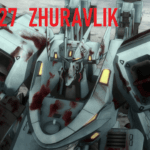
Series Recommendation: Soukyuu no Fafner: Dead Aggressor
Anata wa….soko ni imasu ka?
Are you feeling happy? Do you feel like you’re stuck in an impasse in your life where you’re neither unhappy or satisfied? Do you want to experience a roller-coaster of emotions from excitement to despair to hopeful then go through it all over again? Then Soukyuu no Fafner: Dead Aggressor is definitely what you’re looking for.
We’ve all seen depressing mecha series, such as Ideon, Gundam Victory and Evangelion. But none deliver the feeling of ultimate despair quite like Soukyuu no Fafner. The saga of the Azure has finally “ended” this year (for now). So we’ll make a detailed recommendation for each installment in the franchise, starting from the first animated series.
We’ve all seen depressing mecha series, such as Ideon, Gundam Victory and Evangelion. But none deliver the feeling of ultimate despair quite like Soukyuu no Fafner. The saga of the Azure has finally “ended” this year (for now). So we’ll make a detailed recommendation for each installment in the franchise, starting from the first animated series.
The series’ premise is not the most unique in terms of basic settings: we got alien invaders that is threatening humanity’s existence. And in response, we build giant mechs to combat the extraterrestrial threat. But the catch is not everyone can pilot them, but only certain people whose genes have been artificially engineered, and you guess it, teenagers are the ones that were chosen for war. They have been enjoying their lives without a care, until they are thrust into life-or-death battles where a fate worse than death awaits.
+ Plot: The teenage-children-turned-giant-mech-pilot isn’t the newest trick in the book. But in Fafner, becoming a pilot also comes with a price other than risking their lives in battle. And that “risk” put another weight on the already heavy and desperate situation of the series. Piloting a Fafner isn’t glamorous or honorable, but rather just a means to survive. We see most parents trying their hardest so their child won’t have to go to war, and trying to give the pilots some sense of normalcy amongst the conflict. The mix between daily life and combat really add another layer to Fafner. As we see the characters enjoying their daily lives, getting thrust into battle and then resuming their lives again.
The saga of the Azure is quite an amazing one. But for around the first 15 episodes of the first season, the pacing and plot progression wasn’t too consistent and there are gaps that could use some expanding upon. However, the story as a whole is very solid. The characters are relatable – even if we aren’t “literally” in their shoes. We can see and feel what they feel, since the show is literally showing it to us. Kazuki Makabe – the main character of the show, is at the centre of everyone’s relationship along with Minashiro Soushi – a semi-deuteragonist of sorts. If you want to compare their relationship (and looks) with Kira and Athrun, I wouldn’t completely deny it either.
+ Animation: The first season of Fafner was still using hand-drawn 2D animation by Xebec. And to be brutally honest, it was mediocre. The story and characters definitely carried the show, as the combat animation are often sluggish and not too detailed. For a 2004 series, it wasn’t the best in town. However, it succeeded in communicating the weight of the giant robots, the crazy, desperate fight against the alien Festum threat. It wasn’t until Heaven and Earth that they switched to CG, and made a complete 180 in quality.
+ Mecha Design: Naohiro Washio is an absolutely excellent designer. He worked on Gundam 00, Valvrave and Heroic Age. The Fafner designs, at first glance, have grotesque proportions that doesn’t make any artistic sense. Their bodies are blocky, but arms and legs are all curvy. Their arms are elongated like an ape, and their heads are so small it could easily get lost in the body. They are truly an incomprehensible machine. But as the series go on, we start to realize why they were made that way. While the core bodies of all Fafners are similar, each has its own distinctive features and weapons that symbolizes its pilot, making them unique in their own ways. And the Fafners are also a definite proof that Japan LOVES German names.
+ Mecha Design: Naohiro Washio is an absolutely excellent designer. He worked on Gundam 00, Valvrave and Heroic Age. The Fafner designs, at first glance, have grotesque proportions that doesn’t make any artistic sense. Their bodies are blocky, but arms and legs are all curvy. Their arms are elongated like an ape, and their heads are so small it could easily get lost in the body. They are truly an incomprehensible machine. But as the series go on, we start to realize why they were made that way. While the core bodies of all Fafners are similar, each has its own distinctive features and weapons that symbolizes its pilot, making them unique in their own ways. And the Fafners are also a definite proof that Japan LOVES German names.
+ Music: Angela is a perfect choice for performer. Atsuko’s powerful and emotional vocal delivers the perfect songs for Fafner. Her voice is strong yet gentle and sometimes carries a sad tone to it. The OST can make you hype for the upcoming battle, hopeful for the future and at times, feel lingering desperation. The opening “Shangri-La” makes you feel pumped for the episode ahead, yet its lyrics portray a desperate journey. The ending is just so somber and sad that might make you tear up if you’re on a sad episode.
+ Conclusion: Soukyuu no Fafner: Dead Aggressor might not be the best looking and best written Fafner series, but it is nevertheless the start of one of the best mecha franchise. The series itself set the plot and characters for so much more development in subsequent series. Watching this series will definitely not make you regret it after. After this 26-ep series, you can either go on to watch the Right or Left OVA or Heaven and Earth movie. Both are nice entries in their own right
+ Conclusion: Soukyuu no Fafner: Dead Aggressor might not be the best looking and best written Fafner series, but it is nevertheless the start of one of the best mecha franchise. The series itself set the plot and characters for so much more development in subsequent series. Watching this series will definitely not make you regret it after. After this 26-ep series, you can either go on to watch the Right or Left OVA or Heaven and Earth movie. Both are nice entries in their own right
Check out more recommendations:

A desolate planet now submerged in liquid. A totally unique and fresh mecha series where all the robots are underwater. Oh and there’s also a talking whale.

A love story that spans through 12000 years. The war between Angels and humans fueled by passionate emotions. Shoji Kawamori shows us why he’s the master of the sky.

What happens if we mix Mahou Shoujo, Mecha and Battle Royale into one? We get Granbelm – an emotional story about the lives of young girls entangled in an ancient war.

In the city of smoke and steam, a young kid works as a detective alongside his nurse and butler to protect the peace. An old classic for fans of the steampunk style.

The 2nd season of the lovely Mass-Produced Riko series. Join Riko and co as they embark on an all new venture, while drawing interesting lesson from building plastic models.
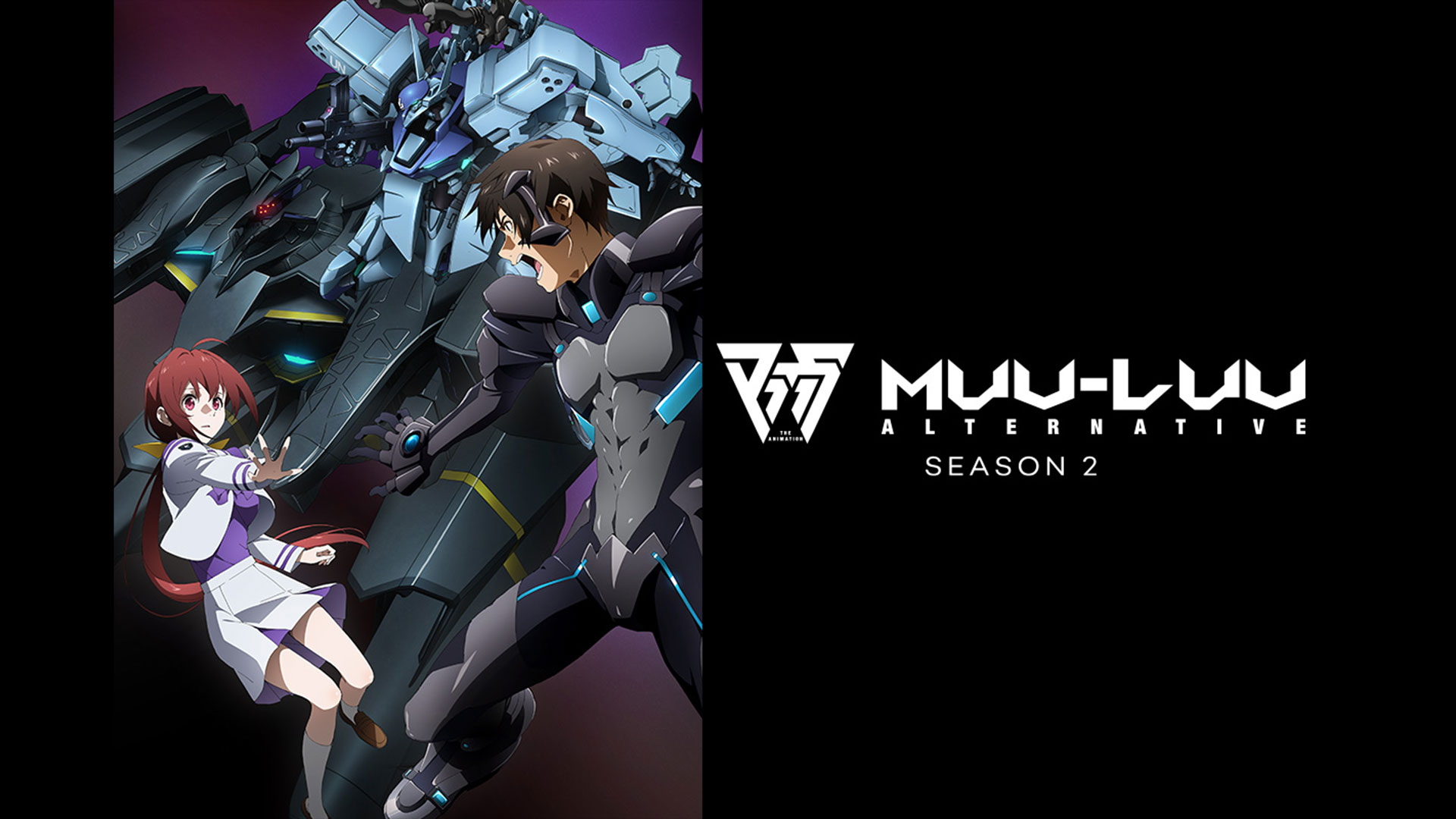
The long-awaited continuation of the mecha isekai of pain. Season 2 of Muv-Luv Alternative is definitely trying to woo you by slamming intense scenes at you – but is it worth it?

One of the most difficult to adapt Mecha series, Muv-Luv Alternative anime started off with a questionable season, but you should still check it out.
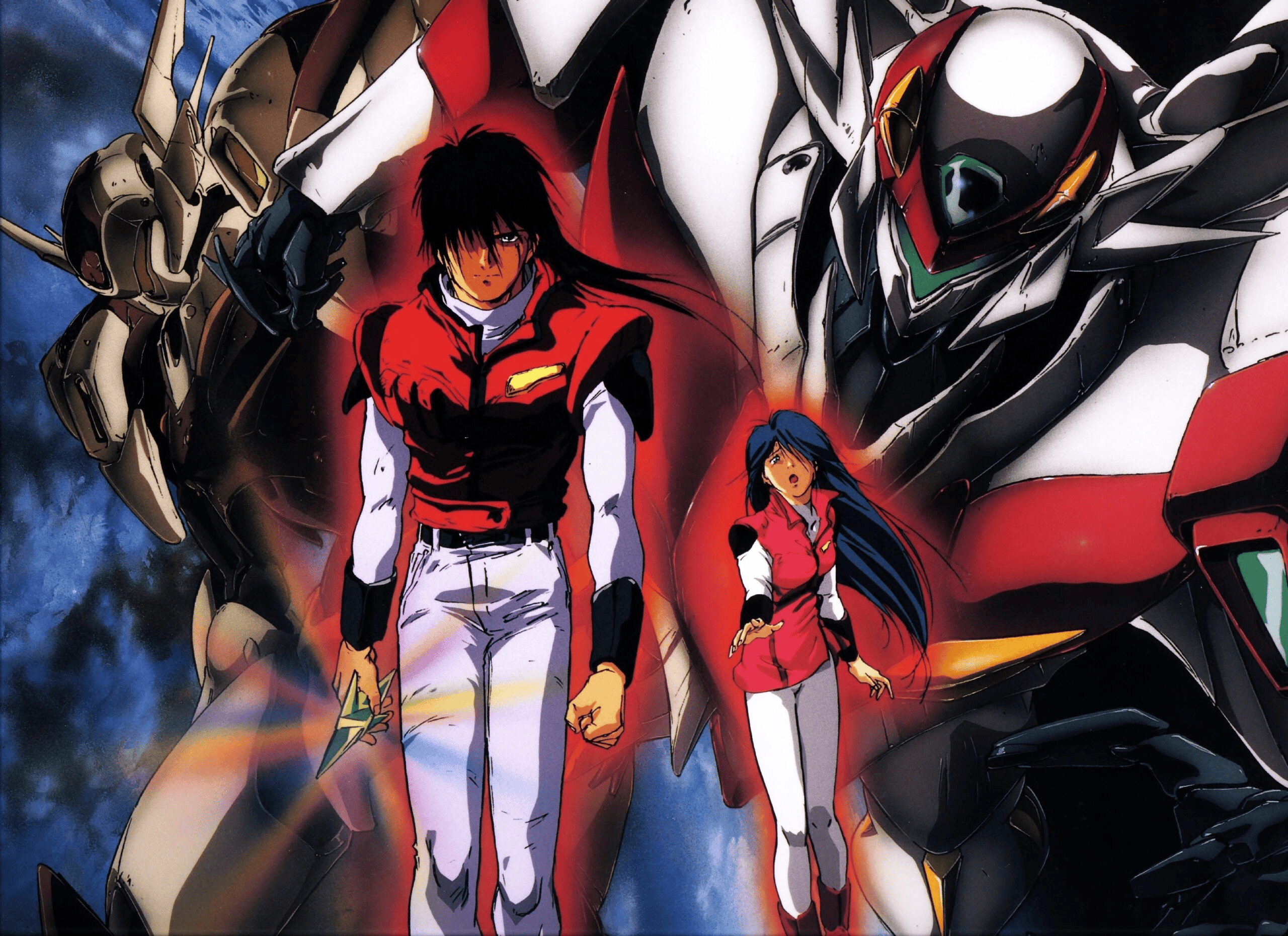
A remake of another Tatsunoko hero. The Space Knight returns with a completely new story, design and brings us on an emotional journey of a tragic hero.

The continuation of the hot-blooded saga, this time filled with emotional drama and even more badass action. A great video game adaptation but not without flaws.

The long awaited legend’s return that satisfy all mecha fan’s longing for a good game. Armored Core 6: Fires of Rubicon is an experience you have to play to believe.

Universes collide as the cast of Gridman and Dynazenon is caught in a dimensional anomaly. But what’s more troubled is Yuuta – who has to become Gridman again with a troubled heart.

When you talk about the most badass mecha, you have to mention SRW OG and Masami Obari. And when these two combine, you get the best SRW anime of all time.
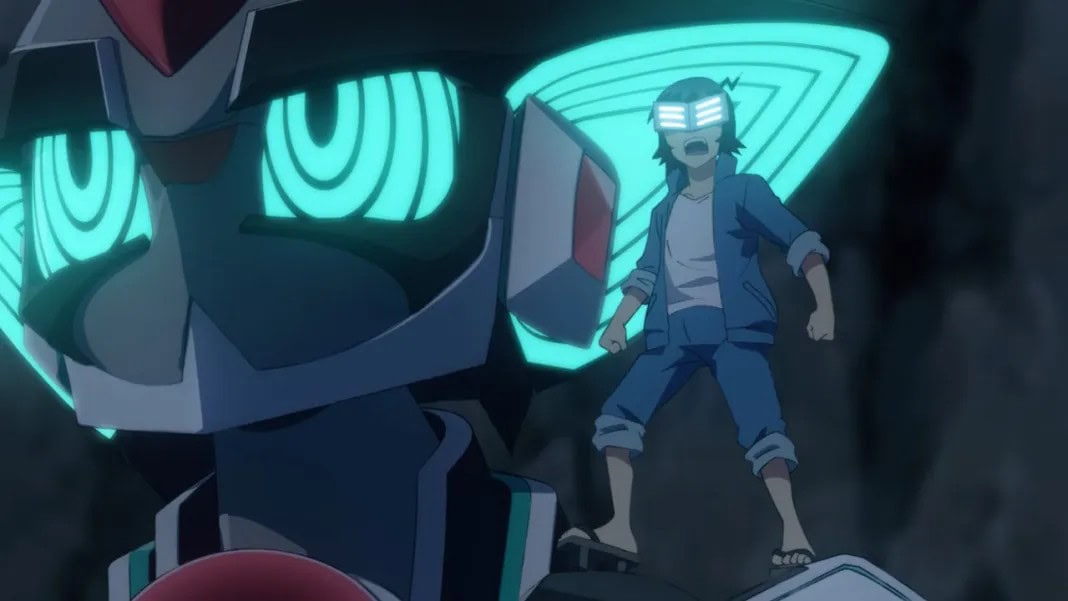
A unique series where the true pacifism versus justice. A bold premise and interesting gimmick make Planet With a very selective series in terms of audience – but it definitely deserves a chance.

From the studio that created Buddy Complex and Valvrave, Cross Ange is another Sunrise’s original that challenges the limit of its audience once more .

What will you do if you’re teleported to a time with giant grotesque monsters? For teenage student Daisuke Doujima, it’s a perfect chance for him to become a hero, and a saviour. But can he?
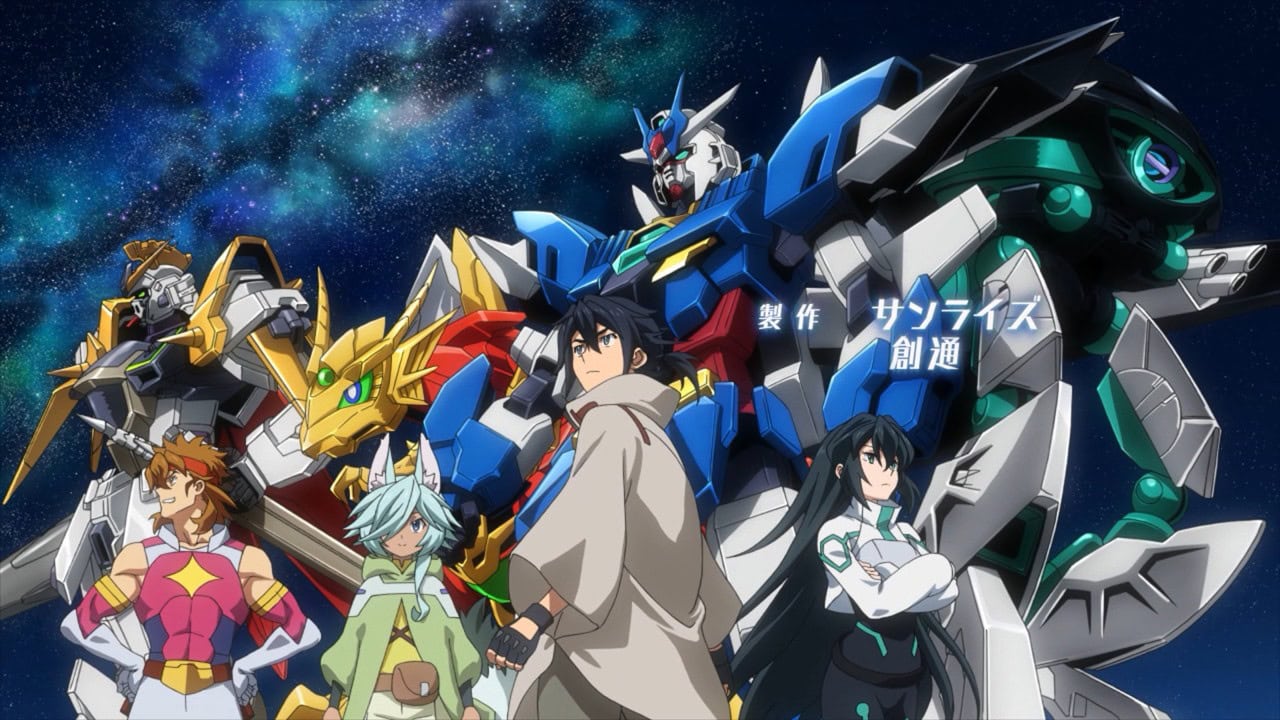
After 2 lukewarm series, Gundam Build rose to form again with Re:Rise. A story with deep characterization for a diverse and likeable cast and awesome Obari action.

Time to go digital! Build series is going full SAO and virtual with Build Divers – a light-hearted series and fun to enjoy without the need to complicate things.

Following GBF, Sunrise wanted to capture the magic with TRY. However, they fell just short of greatness but still create a series with amazing Gunpla battles.
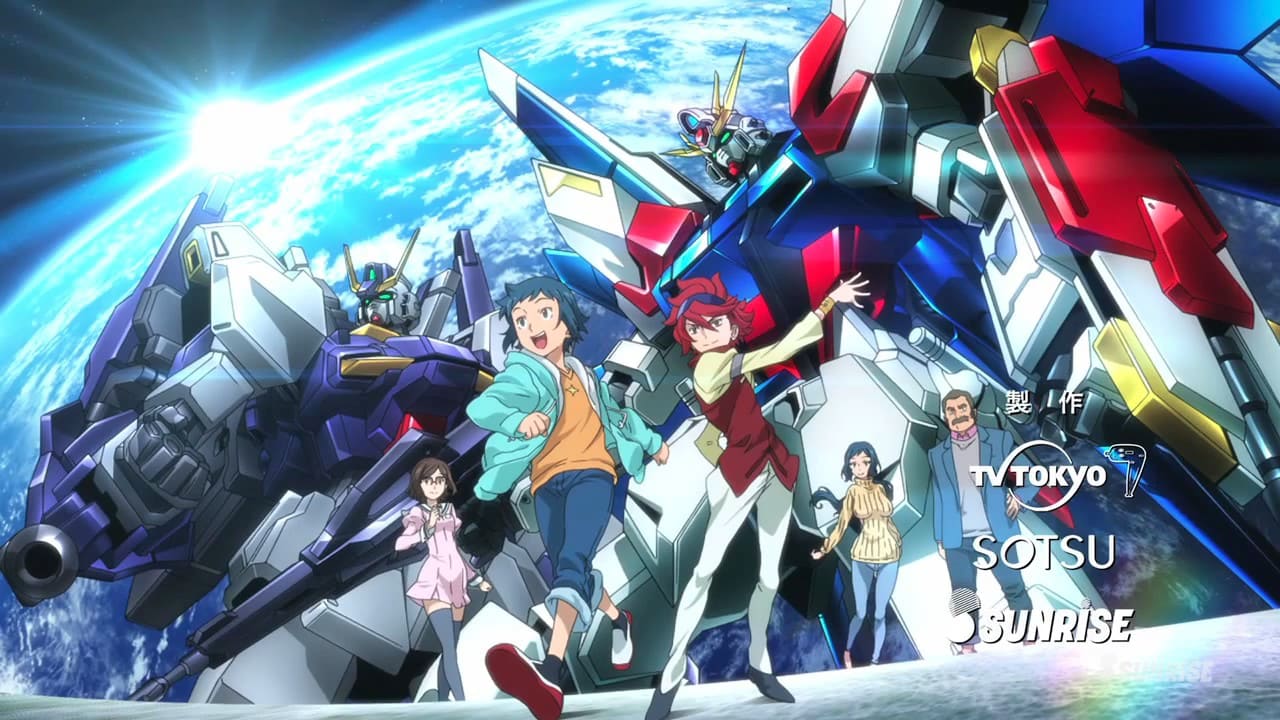
A hobby turned combat sport. Sunrise’s effort to attract new fans turned into a compelling series with gorgeous battles featuring iconic MS from the franchise.

The first animated Build series, Beginning G opened up new venues and excitement for the hobby, with light-hearted yet intense traditional MS battle.

Do you want a Gundam series with a brighter tone but still has banger battles? Then Metal Armor Dragonar is a perfect series for you!

A series about building regular model kit, and using them to find inspiration in life. A very uplifting and chill series for mecha fans to change their perspective on their hobby.

The sequel to SEED – a series that brought Gundam on top of the radar. Destiny is a sequel that earned both the intense love and hate within the fandoms.

An anime adaptation of a sci-fi novel with the same name, Yakitori really stir up the scene with its unusual storytelling and animation style. However, the characters really hold the series up.

A Fafner novel written by Tow Ubutaka – the person who understand Fafner the most. Explore Kazuki’s POV and his relationship in a way you’ve never seen before.

A new Gundam for a new era. Gundam Seed is one of the most popular modern Gundam series that has fans all around the world. And it also received much love from Sunrise as well.
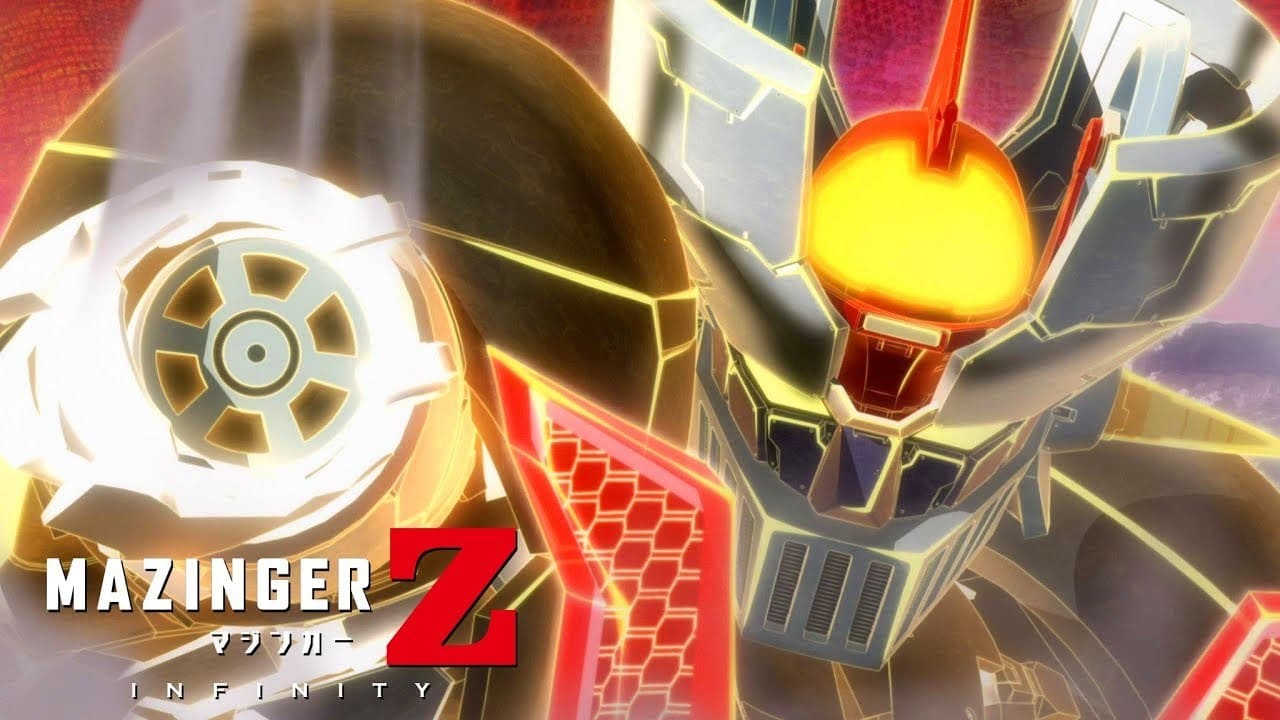
A love letter to commemorate the pioneer of the Mecha genre, Mazinger Z Infinity remind us of the conviction and justice that the Iron Castle had, is, and will stand for.

A badass and action-packed super robot series with an age-gap marriage between the two main characters. A hearth-throbbing and passionate tale about love and perseverance.

A new story of the boy who awoken a machine. Casshern Sins follow a conflicting young man in a world where life seems meaningless, yet everyone yearn for it anyway.

Just when things have calmed down, the Gear Users once again face an apocalyptic threat from a mysterious high order. This put Hibiki and her friends at risk once more.

New threats emerged to threaten the world. But new allies also appear to bring the Gear’s songs to a new level. A new battle await the girls!
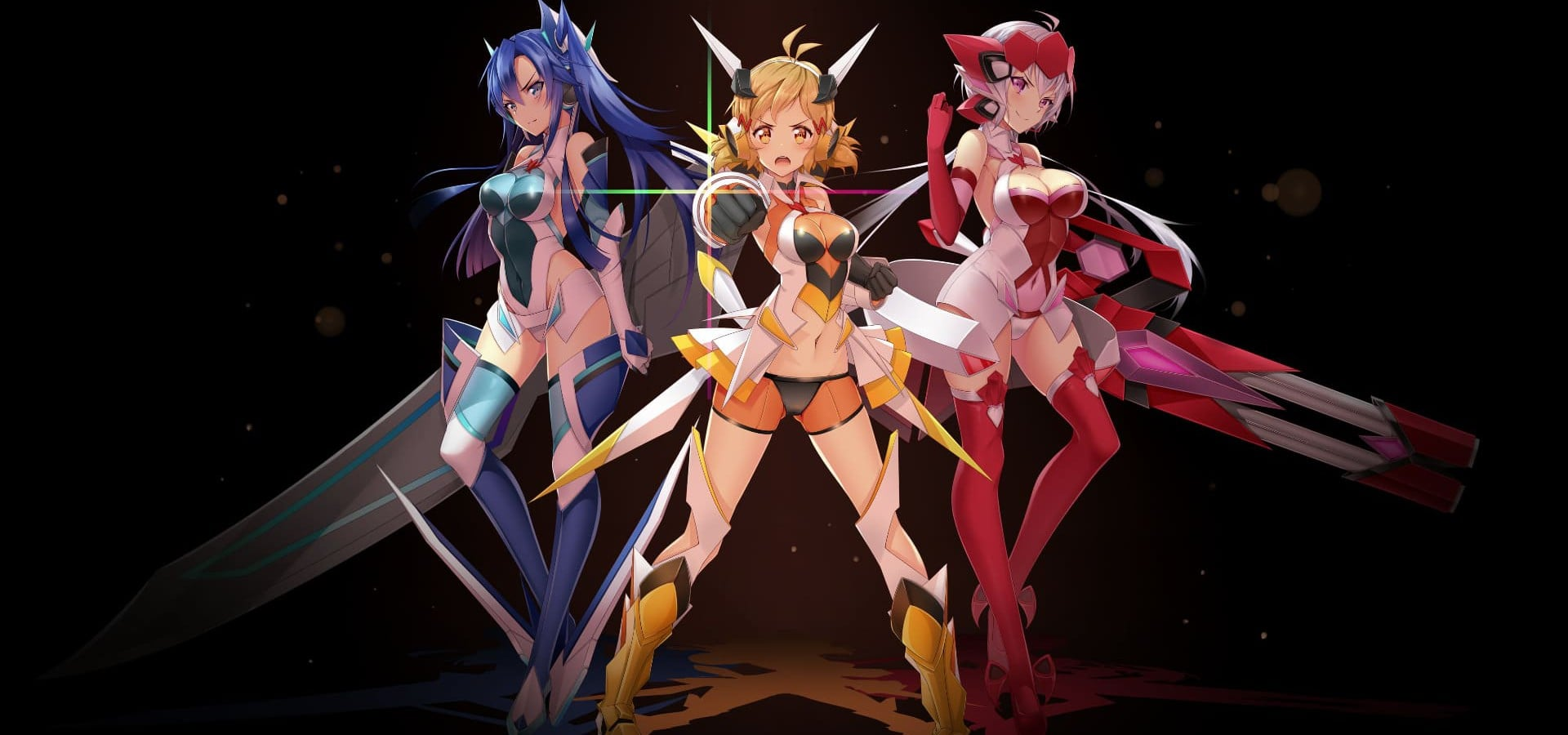
Mahou Shoujo x Tokusatsu combined with plenty of mecha references, Symphogear bring us an audio and visual experience that is just the beginning. of a great franchise.
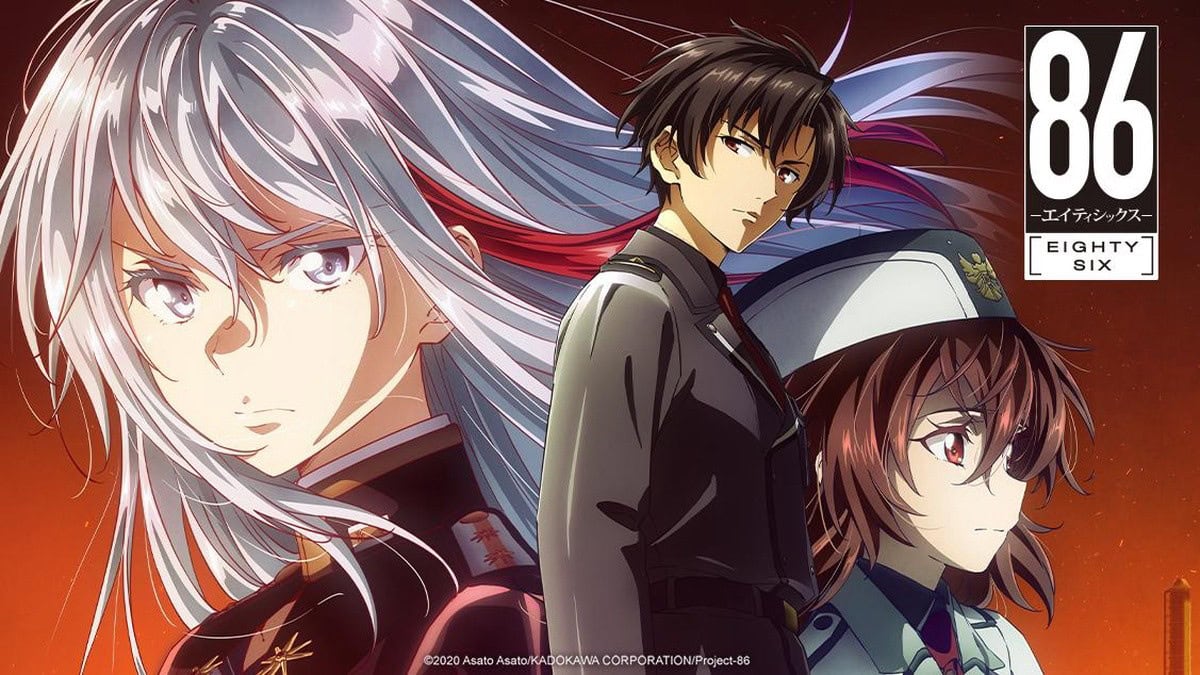
A new nation, a new story, a new battlefield. The reborn Eighty Six must choose between a life of peace or death. Will the Reaper be able to move on?

The depressing, gripping yet hopeful world of Eighty Six brought to life with A-1’s adaptation. The vision of Asato receives a depiction so emotional like no others.

A fun dogfight experience with some mecha combat thrown into the mix, Strike Suit Zero scratches some of that Macross action game that PC gamer has been wanting.

With his life completely smashed apart and turned upside down, teenage boy Ayato had to navigate a new world while being the key to control the winged giant RahXephon.
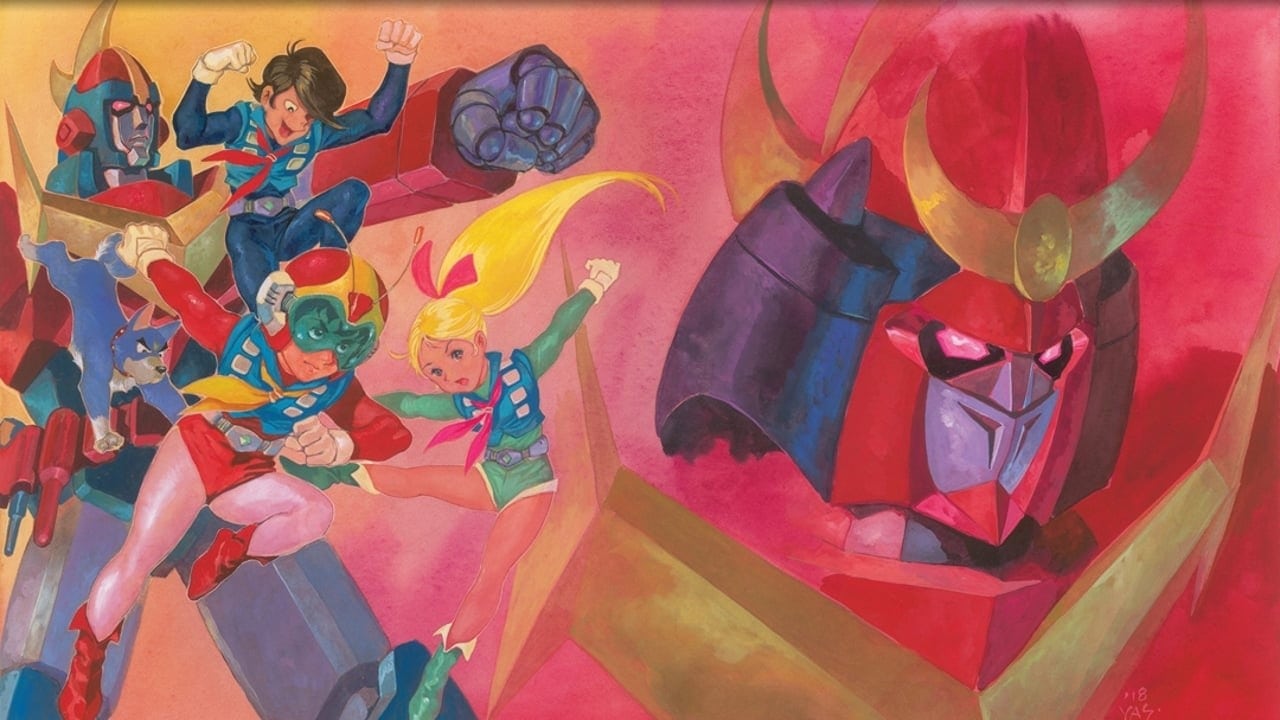
Not just your usual 70s Super Robot, Zambot 3 is more than just a battle between good and evil, but also about endurance, perseverance and the unyielding heart to do what’s right.

Expanding upon the original work of Yokoyama-sensei, GR: The Day The Earth Stood Still introduces a world where the supernatural and super-technology co-exist. And in the midst of that is a Giant Robo.

If you fancy beautiful girls cladded in sleek power armor fighting cyborg crimes, then Bubblegum Crisis is the choice for you, with amazing 90s cyberpunk dystopia atmosphere!

The Cyber Beast Force may have disbanded, but their burning hearts are still raging. Dancouga combines once again to fight an unexpected enemy. Is it human, or something else much more sinister?

Suit up! It’s time for some Oni hunting! An anime tribute to the Tokusatsu genre, Shikizakura show us the power of hope, willpower and compassion to overcome any darkness.

The bullet-train robot is back! Two young kids take on a new threat to protect the world. Shinkalion Z takes off after its predecessor and set itself apart from other Takara series.

A song that rings during the apocalypse. Vivy is a bold idea involving a century of fighting and yearning. Vivy will bring your visual and auditory sense to the max!

What is a true Ally of Justice? What kind of “Heroism” is worth fighting for? Linebarrels of Iron is a manga that you won’t be able to put down!

Hot-blood, explosive and FIRE! S-CRY-ed tells a badass yet emotional adventure of two youths on their way to unravel the truth of a world changed forever.

Absolute music, Absolute animation, and…Absolute LIVE! Macross Delta Zettai Live brought the emotional climax of Hayate and Freyja story to a breathtaking conclusion.

A hidden gem of a steam-punk mecha anime. Gad Guard literally start from a hidden “gem”. If you fancy some noir mecha x vigilante style with awesome OST, this is the series for you.

A man who lost everything decided to throw away himself for revenge. A mysterious threat from space with an unthinkable objective. Experience the masterful visual of Argento Soma.

An alternate and expansion of the famous “Doan’s Island” of Gundam 0079, Cucuruz Doan’s Island focus on the characters that further show us the cruelty of war.

The finale of the Sidonia no Kishi animated saga. Ai no Tsumugu Hoshi gives us the climax of the Gauna War and conclude the story between Tanikaze and Tsumugi.





